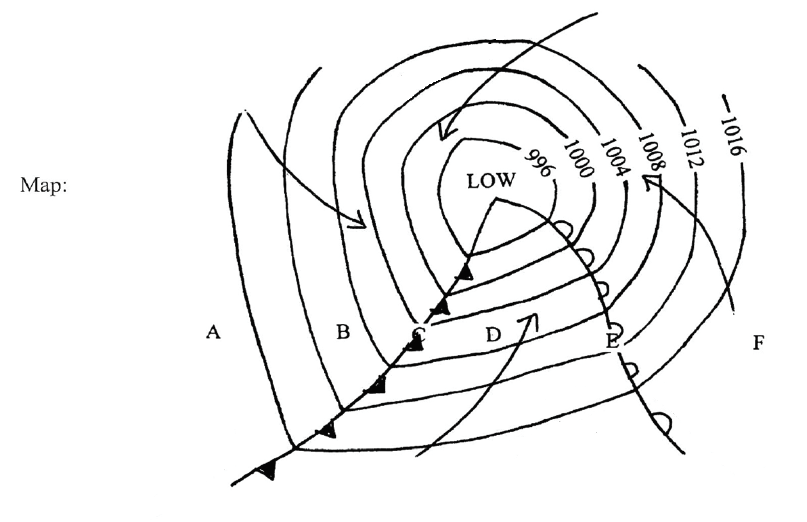Explain the debate in Australia over immigration and refugees.
What will be an ideal response?
The first Europeans arrived on the scene in the 1700s. The British initially used Australia as a penal colony. Settlers quickly decimated the native Aboriginal peoples through the introduction of diseases and through warfare. By the dawn of the 20th century Aboriginal people comprised a small fraction of the population of Australia. Australia encouraged a "whites-only" immigration policy for most of the 20th century. The policy was abolished in the final decades of the 20 th century; as a result the majority of immigrants who now come to Australia are from East Asia
and Southeast Asia. Australia maintains a relatively strict policy with respect to refugees. While outwardly welcoming refugees, Australia employs a controversial policy known as the "Pacific Solution" in which the Australian navy attempts to intercept boats carrying refugees before they reach Australian territorial waters and has relinquished sovereignty over several offshore islands so as to prevent refugees from claiming they have landed in Australia. Many refugees spend long periods of time in internment camps on islands off the coast of Australia or in neighboring New Guinea.
You might also like to view...
On the map, label the following:
The question is based on this hypothetical weather map in the Northern Hemisphere showing isobars and the positions of a cold front and a warm front (top of map is north). Six locations are marked on the map (points A, B, C, D, E, and F). A cross-section diagram along points A, B, C, D, E, and F is shown below the map.


(a) Cold front (use standard weather map symbols)
(b) Warm front (use standard weather map symbols)
(c) Cool sector of storm
(d) Warm sector of storm
A topographic region that is characterized by local relief of less than 100 m (325 ft.) is considered a
A) plain. B) high tableland. C) depression. D) hill or low tableland.
Which of the following would be MOST variable at your location on a day-to-day basis?
A) Oxygen B) Nitrogen C) Carbon dioxide D) Water vapor E) Ozone
Command-and-control regulation is a body of law that
A. fails to consider private costs of firms. B. specifies allowable quantities of pollution. C. details which pollution-control technologies must be used. D. can include both b and c.